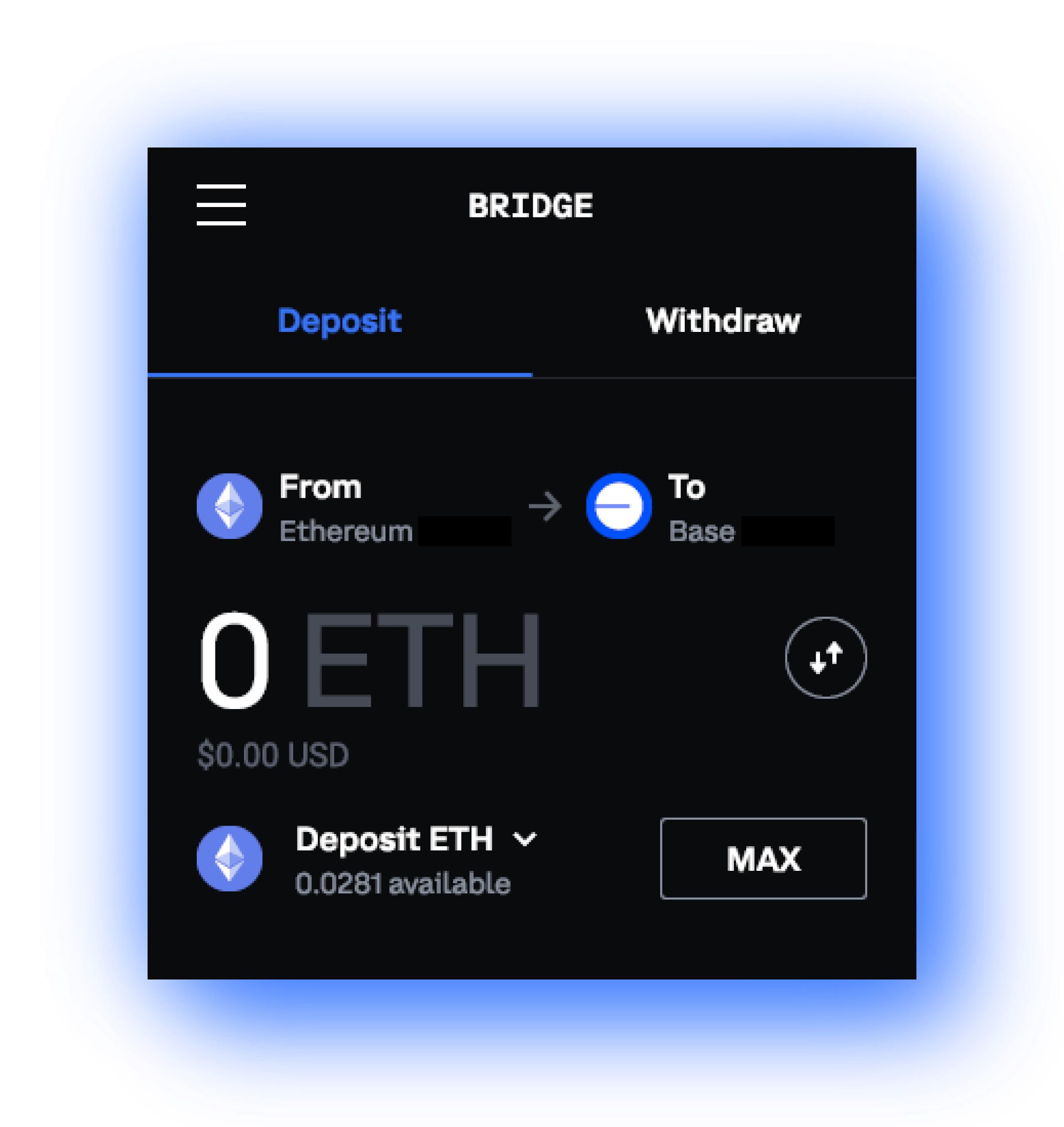The PulseChain Bridge signifies a significant shift in the world of blockchain technology. A relatively young addition to the cryptocurrency environment, PulseChain has swiftly moved to create advanced solutions that facilitate crypto transactions more efficiently. The project, initiated by Richard Heart, has high prospects of impact, particularly with its promise of higher transaction speed and lower transaction costs. The idea behind building PulseChain was to tackle Ethereum’s scaling challenges and offer an application-friendly platform. PulseChain Bridge is the backbone of this vision.
The concept of the PulseChain Bridge is not excessively intricate. In layman’s terms, the bridge functions as the connector, aligning two blockchains to function together. This groundbreaking innovation implies that two distinct blockchains can practically coexist and interact for transactions. The interoperability feature enables users to transfer assets from Ethereum to PulseChain and vice versa efficiently, hence creating smoother transactions.

In a world eager for instant, cost-effective transactions, PulseChain Bridge eases the process by eliminating any middleman costs. Its roots run deep into the heart of DeFi (Decentralized Finance), assisting users in transferring assets and fuelling efficient DApp operations. PulseChain Bridge is deftly adapted to sync with Ethereum, enabling it to maintain records and keep track of transactions, thereby offering a wealthier dimension of transparency.
Besides its fundamental capabilities, PulseChain Bridge outperforms the crowd by considerably decreasing transaction costs, thus making DeFi more accessible to the masses. High Ethereum gas prices have been a persistent issue for digital asset owners. To combat this, PulseChain Bridge reduces transaction time and cost by creating a cheaper and faster chain, ensuring the users don’t need to pay exorbitant prices.
The empowerment PulseChain Bridge brings to the blockchain ecosystem is unquestionably extensive. Its potential to revolutionize how transactions occur is colossal. The bridge doesn’t just help with trading assets, but it also facilitates DApp migration – an aspect favoured by Ethereum-based projects and services. This capability makes the PulseChain Bridge an attractive location for developers to build, deploy, and perform transactions at a fragment of the cost.
Indeed, like any other revolutionary technology, PulseChain Bridge is still evolving and has its challenges. Potential security risks and concerns about decentralization are two primary areas warranting more exploration and development. However, the alluring advantages that PulseChain Bridge presents are hard to dismiss. As the journey continues and PulseChain Bridge continues to evolve, it might indeed revolutionize the blockchain environment, giving a formidable edge in the competitive landscape of cryptocurrency.
